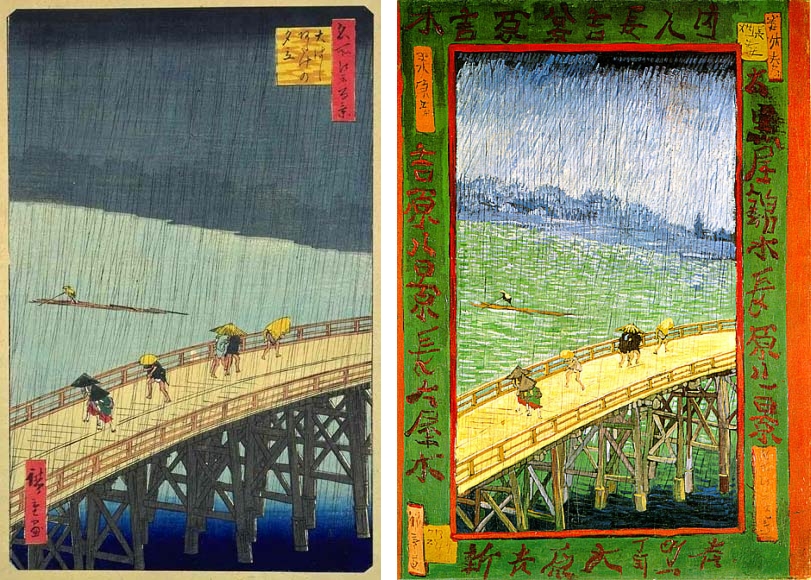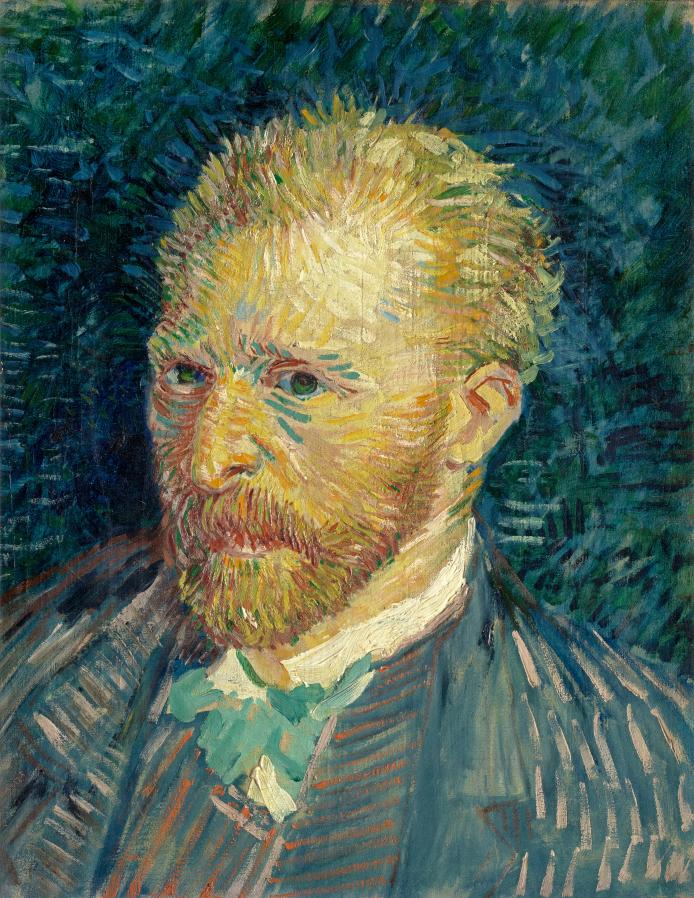📢 New Students Save Up to $100 | Discover Our Welcome Offers for High School Students and Adult Courses
Alliance Française Melbourne will be closed for the holidays from 19 December to 8 January (inclusive) 🎄
📢 New Students Save Up to $100 | Discover Our Welcome Offers for High School Students and Adult Courses
Alliance Française Melbourne will be closed for the holidays from 19 December to 8 January (inclusive) 🎄
From the 28th of April to the 9th of July 2017, the National Gallery of Victoria is exhibiting Van Gogh and the Seasons as part of its
‘Melbourne Winter Masterpieces’ series. With nearly 50 paintings and drawings from the Dutch artist, it makes up the largest
collection ever seen in Australia. We’re taking the opportunity to revisit the painter’s life, in which he spent the last four
years living in France, and where he produced some of his most memorable works.
This exhibition has been organised by Sjraar van Heugten, the former director of collections at the Van Gogh museum in Amsterdam. He has chosen to present the works of Van Gogh across the four seasons, which held a lot of importance in his eyes. How did he approach the colours of autumn and winter and what did he like to paint? This angle, as interesting as it may be, is very different to the chronological approach adopted by the Van Gogh Museum in Amsterdam where it allows one to better understand how Van Gogh’s life unfolded and the evolution of his style.
In 1855, Vincent Van Gogh said “It is a good thing to be deep in the snow in the winter; in autumn, deep in the yellow leaves, in summer, amid the ripe wheat; in spring, in the grass...” Even if in 1873 he admitted to not knowing which season he liked the most, he later on stated several times that it was autumn that he preferred. This is why the NGV’s exhibition has opened in time for the arrival of autumn and its orange colours.
This new way of approaching the work of Van Gogh makes it possible to show the deep connection that existed between him and nature. His paintings often represent French landscapes, which were the setting for some of his life’s most defining moments, such as the city of Arles where he cut his ear, Saint-Remy de Provence where he admitted himself into an asylum, as well as Auvers-sur-Oise, where he died.
In this exhibition which chooses colours and seasons over chronology, you are not immediately aware of the evolution of Van Gogh’s work, who began with sombre, naturalist drawings, modelled on the novels of Emile Zola, before being captivated by colour upon his arrival in Belgium, all the while becoming more and more interested in impressionism, pointillism and Japonism.

Then, in Paris, Van Gogh visited museums, art galleries, exchanged ideas with his fellow painters, and studied Japanese prints – the NGV has reproduced one part Van Gogh’s collection of Japanese art at the beginning of the exhibition, in particular the works of Utagawa Hiroshige. As a lover of prints, Van Gogh collected several hundred, 12 of which were from this painter, illustrator and engraver. He adapted several of them including Flowering Plum Orchard and Bridge in the Rain which he had in his possession. Van Gogh was also highly influenced by the series One Hundred Famous Views of Edo. He said of Japanese artists “Their work is as simple as breathing, and they do a figure in a few sure strokes with the same ease…”

After reproducing prints, he pursued the use of black, a ‘colour’ that his fellow impressionists rejected vehemently. However he still maintained prominent use of bright colours. His style was easily recognisable by his vigorous brush strokes. He liked painting outdoors and in any weather condition, whether it was near the fields, the trees, or the ocean. After Paris, he lived in Arles then in Saint-Rémy-de-Provence and lastly in Auvers-sur-Oise, three cities where he would become particularly prolific. The work of Van Gogh is composed of more than 2000 works of art (paintings and drawings) dating primarily from around 1880.
Van Gogh painted constantly, except for during his moments of crisis. It was effectively these psychotic episodes that contributed to making him into the legendary character that we know today. It was one of the more poignant of these episodes that finally drove him to exile. On the 23rd of December 1888 in Arles in the south of France, Van Gogh found himself in his bed with his ear sliced off. The story goes that he cut it himself after an argument with painter Paul Gauguin, and then gave it to a prostitute. Fond of self-portraits, he decided, at the beginning of January 1889, to do a new self-portrait entitled Self-portrait with Bandaged Ear.
Another of Van Gogh’s self-portraits, Self-portrait Autumn, 1887, marks the end of this touching exhibition presented by the NGV. Regarding portrait paintings, Van Gogh said that they have “a life of their own that comes from deep in the soul of the painter”.

At the beginning of 1889, he was reproached for his mental problems that were breaching public-order in Arles, so much so that he left the city on the 8th of May of that same year and decided to admit himself into the Saint-Paul-de-Mausole asylum in Saint-Remy de Provence. He stayed there one year. In his letters written from Saint-Rémy and Auvers, he spoke of how much the illness stopped him from working and how much he resented the contradiction of his art and his madness.
Vincent Van Gogh wrote more than 800 letters to his family and friends during his short life, of which 652 were to his brother Theo. The two men were very close both on a personal and professional level. It was by his brother’s side that Vincent died, on the 29th of July 1890 in Auvers-sur-Oise, at 37 years of age. His psychological problems eventually defeating him, it is believed that he committed suicide by shooting himself in the stomach.
Adèle Bouet,
For the Alliance Française de Melbourne
Translated by Ilaria O'Brien